Datasheet
Year, pagecount:2012, 2 page(s)
Language:English
Downloads:1
Uploaded:March 25, 2019
Size:607 KB
Institution:
-
Comments:
Attachment:-
Download in PDF:Please log in!
Comments
No comments yet. You can be the first!Content extract
Source: http://www.doksinet Arthur R. Marshall Loxahatchee National Wildlife Refuge Alligator Hunt Fact Sheet The Arthur R. Marshall Loxahatchee National Wildlife Refuge (Refuge) is the last remnant of the once vast northern Everglades ridge and slough landscape. It is located seven miles west of the city of Boynton Beach, in Palm Beach County, Florida approximately 15 miles west of the Atlantic Ocean. In 1951, a 50-year license agreement between the state of Florida and the US Fish and Wildlife Service (USFWS), under the authority of the Migratory Bird Conservation Act, enabled the establishment of the Refuge in Water Conservation Area 1. This “Refuge interior” land, as it is called, is owned by the South Florida Water Management District, but managed by the USFWS as a unit of the National Wildlife Refuge System. Through various amendments to the license agreement and the addition of fee title land, the Refuge now consists of 143,874 acres. The license agreement was also revised
and renewed in 2002 for another 50 years. The National Wildlife Refuge Improvement Act of 1997 identifies six priority public uses that are appropriate on National Wildlife Refuges, including hunting, fishing, wildlife observation, wildlife photography, environmental interpretation, and environmental education. The overall goal for the hunt program at the Refuge is to develop and conduct a quality and biologically sound program that: 1) leads to enjoyable recreation experiences; 2) leads to greater understanding and appreciation of wildlife resources; and 3) aids in the conservation of wildlife populations and their habitats. Starting in 1998, a series of regional alligator surveys, which included the Refuge, were initiated by researchers at the University of Florida. Alligators in and around the Refuge appeared in good condition (per comm with Laura Brandt, USFWS, 2011). Historically, there has been no alligator hunt conducted on the Refuge; however, the Florida Fish and
Wildlife Conservation Commission (FWC) have been managing state hunts for many years. During the Comprehensive Conservation Plan (CCP) process (1998-2000), there was public interest expressed in having the Refuge opened to alligator hunting as a recreational use. Current monitoring data suggests that the Refuge could support a limited alligator hunt. The Refuge will work with FWC to administer any alligator hunts that occur on the Refuge. Hunters will apply to FWC for an alligator hunt permit application Once a permit and CITES tags are received, hunters will follow all rules and guidelines established by FWC for public lands hunts except as noted below in Refuge specific guidelines. The Refuge’s first hunt will consist of a limited alligator hunt potentially beginning in the fall of 2013. It is anticipated that a total of eleven permits will be issued based on a Source: http://www.doksinet conservative estimate developed, in part, using FWC’s modeling
procedures. Two alligators may be harvested per permit, totaling 22 alligators. Only alligators over five feet in length may be harvested from within the current Refuge hunt boundary. Alligator hunting will be limited to specific weekends from August 15 through November 1 and will not coincide with waterfowl hunting. The alligator hunt will be structured like the FWC’s state program used on the Stormwater Treatment Areas (STAs), and will take place as follows: one hour before sunset on Friday night through one hour after sunrise Saturday morning, and one hour before sunset on Saturday night through one hour after sunrise Sunday morning. Alligator hunting shall be permitted the first two weekends during Harvest Period 1 and the first two weekends during Harvest Period 2. Following the close of Harvest Period 2, the remaining weekends in October will be open for alligator harvest permittees that possess unused CITES tags. Hunters will use the Hillsboro boat ramp to launch
authorized boats, and will stay within the existing hunt boundary. Although the initial alligator hunt will be held strictly out of the Hillsboro boat ramp, the Refuge may consider opening the Headquarters Area (Lee Road) and 20 Mile Bend to the perimeter canals in the future. Approximately 21% (30,000 acres) of the Refuge is available for hunting during the season, leaving up to 79% of the Refuge for alligators to forage and rest (sanctuary area) depending on environmental conditions. All motor vehicles are restricted to designated roads and parking areas. Only water cooled outboard motor boats, canoes, and kayaks are allowed. Alligators may be taken using hand held snares, harpoons, gigs, snatch hooks, artificial lures, manually operated spears, spear guns, and crossbows . Alligators may not be taken using baited hooks, baited wooden pegs, or firearms. Bang sticks are only permitted for taking alligators attached to a restraining line. Once an alligator is captured,
it must be killed immediately. Once the alligator is dead, a CITES tag must be locked through the skin of the carcass within six inches of the tip of the tail. The tag must remain attached to the alligator at all times. An alligator harvest report must be submitted to the Refuge within 24 hours of taking each alligator
and renewed in 2002 for another 50 years. The National Wildlife Refuge Improvement Act of 1997 identifies six priority public uses that are appropriate on National Wildlife Refuges, including hunting, fishing, wildlife observation, wildlife photography, environmental interpretation, and environmental education. The overall goal for the hunt program at the Refuge is to develop and conduct a quality and biologically sound program that: 1) leads to enjoyable recreation experiences; 2) leads to greater understanding and appreciation of wildlife resources; and 3) aids in the conservation of wildlife populations and their habitats. Starting in 1998, a series of regional alligator surveys, which included the Refuge, were initiated by researchers at the University of Florida. Alligators in and around the Refuge appeared in good condition (per comm with Laura Brandt, USFWS, 2011). Historically, there has been no alligator hunt conducted on the Refuge; however, the Florida Fish and
Wildlife Conservation Commission (FWC) have been managing state hunts for many years. During the Comprehensive Conservation Plan (CCP) process (1998-2000), there was public interest expressed in having the Refuge opened to alligator hunting as a recreational use. Current monitoring data suggests that the Refuge could support a limited alligator hunt. The Refuge will work with FWC to administer any alligator hunts that occur on the Refuge. Hunters will apply to FWC for an alligator hunt permit application Once a permit and CITES tags are received, hunters will follow all rules and guidelines established by FWC for public lands hunts except as noted below in Refuge specific guidelines. The Refuge’s first hunt will consist of a limited alligator hunt potentially beginning in the fall of 2013. It is anticipated that a total of eleven permits will be issued based on a Source: http://www.doksinet conservative estimate developed, in part, using FWC’s modeling
procedures. Two alligators may be harvested per permit, totaling 22 alligators. Only alligators over five feet in length may be harvested from within the current Refuge hunt boundary. Alligator hunting will be limited to specific weekends from August 15 through November 1 and will not coincide with waterfowl hunting. The alligator hunt will be structured like the FWC’s state program used on the Stormwater Treatment Areas (STAs), and will take place as follows: one hour before sunset on Friday night through one hour after sunrise Saturday morning, and one hour before sunset on Saturday night through one hour after sunrise Sunday morning. Alligator hunting shall be permitted the first two weekends during Harvest Period 1 and the first two weekends during Harvest Period 2. Following the close of Harvest Period 2, the remaining weekends in October will be open for alligator harvest permittees that possess unused CITES tags. Hunters will use the Hillsboro boat ramp to launch
authorized boats, and will stay within the existing hunt boundary. Although the initial alligator hunt will be held strictly out of the Hillsboro boat ramp, the Refuge may consider opening the Headquarters Area (Lee Road) and 20 Mile Bend to the perimeter canals in the future. Approximately 21% (30,000 acres) of the Refuge is available for hunting during the season, leaving up to 79% of the Refuge for alligators to forage and rest (sanctuary area) depending on environmental conditions. All motor vehicles are restricted to designated roads and parking areas. Only water cooled outboard motor boats, canoes, and kayaks are allowed. Alligators may be taken using hand held snares, harpoons, gigs, snatch hooks, artificial lures, manually operated spears, spear guns, and crossbows . Alligators may not be taken using baited hooks, baited wooden pegs, or firearms. Bang sticks are only permitted for taking alligators attached to a restraining line. Once an alligator is captured,
it must be killed immediately. Once the alligator is dead, a CITES tag must be locked through the skin of the carcass within six inches of the tip of the tail. The tag must remain attached to the alligator at all times. An alligator harvest report must be submitted to the Refuge within 24 hours of taking each alligator
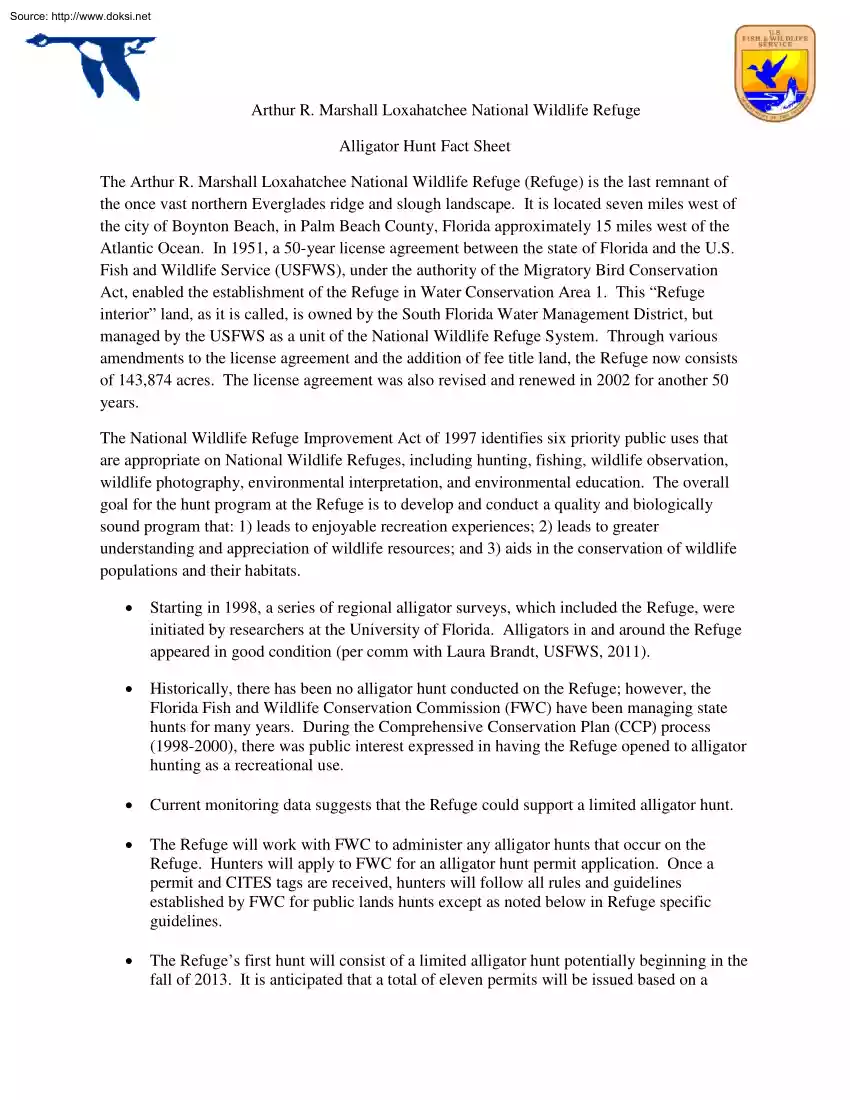
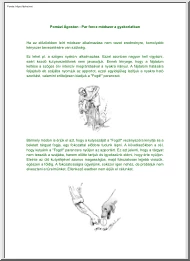
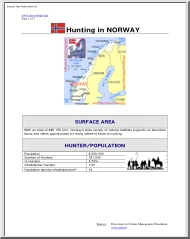
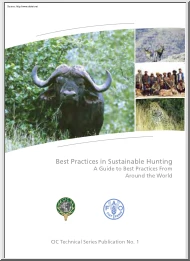
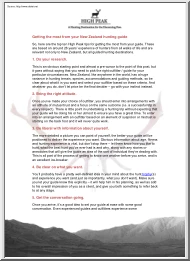
 Just like you draw up a plan when you’re going to war, building a house, or even going on vacation, you need to draw up a plan for your business. This tutorial will help you to clearly see where you are and make it possible to understand where you’re going.
Just like you draw up a plan when you’re going to war, building a house, or even going on vacation, you need to draw up a plan for your business. This tutorial will help you to clearly see where you are and make it possible to understand where you’re going.